Picture this: you’re powering through a **leg day** workout, feeling every muscle fiber in your lower body wake up and sing. It’s not just about looking good; it’s a quest for balance, strength, and the kind of growth that turns heads.
We’ve all heard the jokes about skipping leg day—but here’s why you won’t want to miss what we’ve got lined up. We’re talking squats that lay down mass foundations like a boss, hip thrusts dialing in on those glutes, and beginner tips to keep things right from the get-go.
Dig deeper with advanced techniques designed to max out muscle size before diving into recovery eats that feed the beast post-crush session. Leg days are where true warriors are made—and after today—you’ll be leading the charge.
Table Of Contents:
- Leg Day Essentials: Crafting the Ultimate Lower Body Workout
- Beginner Strategies for Conquering Leg Day
- Advanced Techniques to Maximize Muscle Size and Strength on Leg Day
- Nutrition and Supplementation Post-Leg Day
- Leg Day Recovery Tactics – Ensuring Progress Without Injury
- Conclusion
Leg Day Essentials: Crafting the Ultimate Lower Body Workout
If you’re looking to build the ultimate leg, nothing does it quite like a well-crafted lower body workout. When we talk about symmetry and muscle growth, leg day is non-negotiable. But not just any routine will do; you’ve got to hit those major muscles with movements that count.
Barbell Squat – The Cornerstone of Leg Development
The barbell squat reigns supreme for good reason. This powerhouse move doesn’t just work your legs; it calls on multiple muscle groups for full-body engagement. Remember how they say “Go big or go home”? Well, starting off your leg day workout with squats is the epitome of going big to pack on serious leg mass.
Studies show that high-intensity exercises like squats are key in building size and strength—so when it’s time to squat deep and push past comfort zones, think about this: You’re laying down a foundation stronger than concrete.
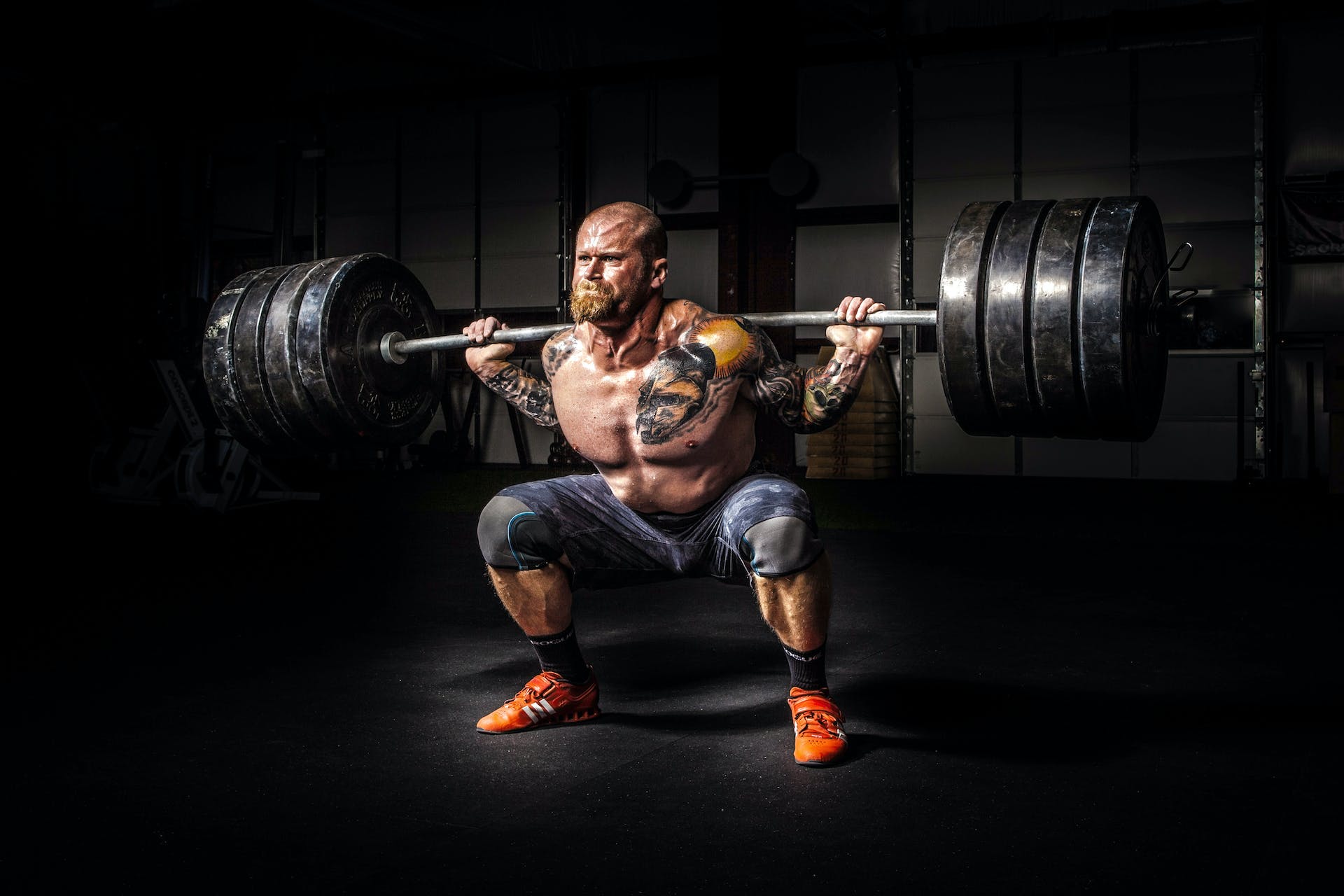
Deadlifts – Harnessing Raw Power from The Ground Up
The deadlift is an essential compound movement that challenges your entire posterior chain—hamstrings, glutes, and back. Incorporating this exercise ensures you’re not only building muscle but also improving overall power and posture. Deadlift variations like sumo or Romanian can specifically target different aspects of your legs while contributing to symmetrical growth.
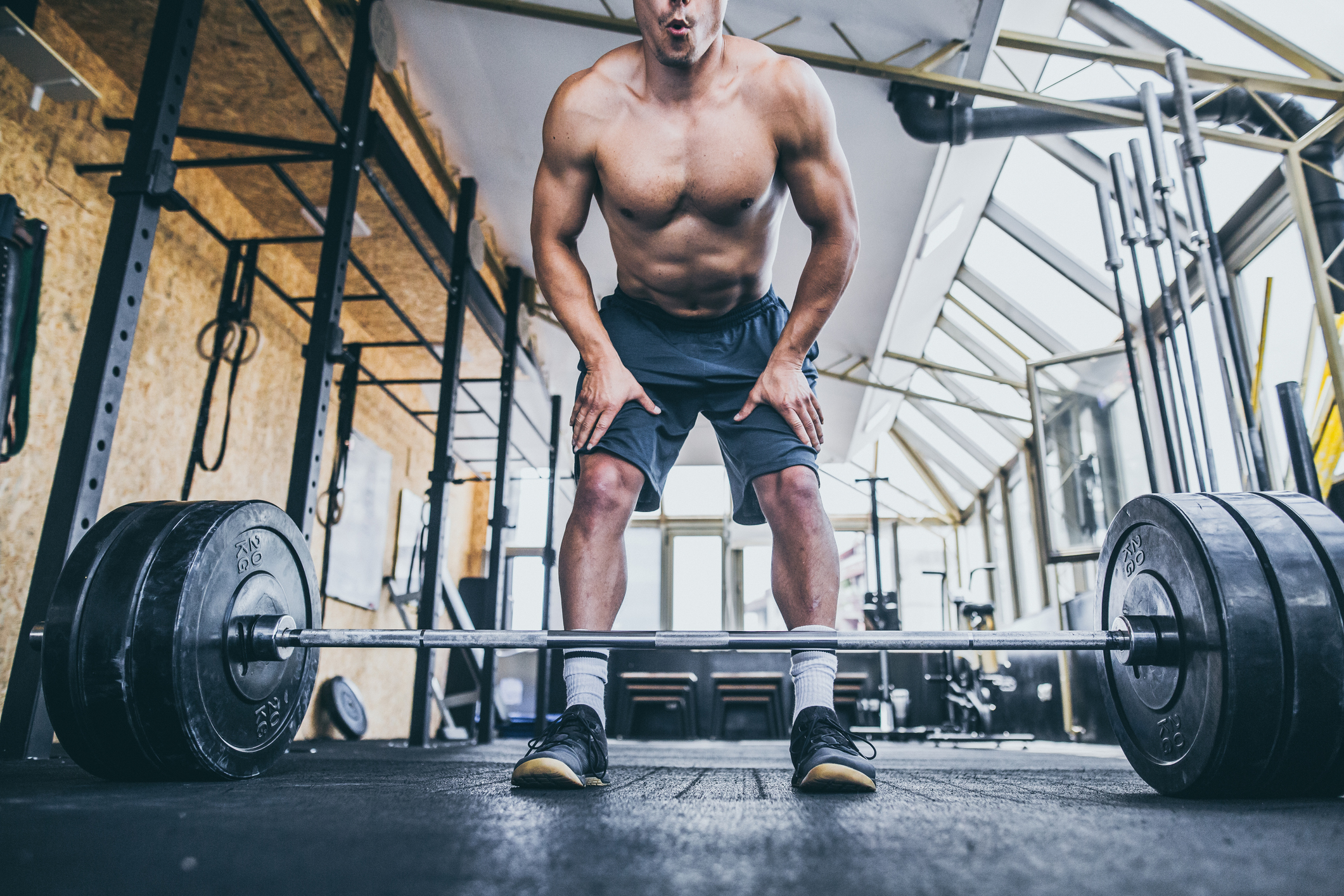
Hip Thrust – Targeting Your Glutes for Maximum Impact
Hip thrusts bring up the rear in more ways than one—they make sure those glutes get their fair share of hard work too. If you want glute development that turns heads and boosts performance, these need a prime spot in your leg day routine.
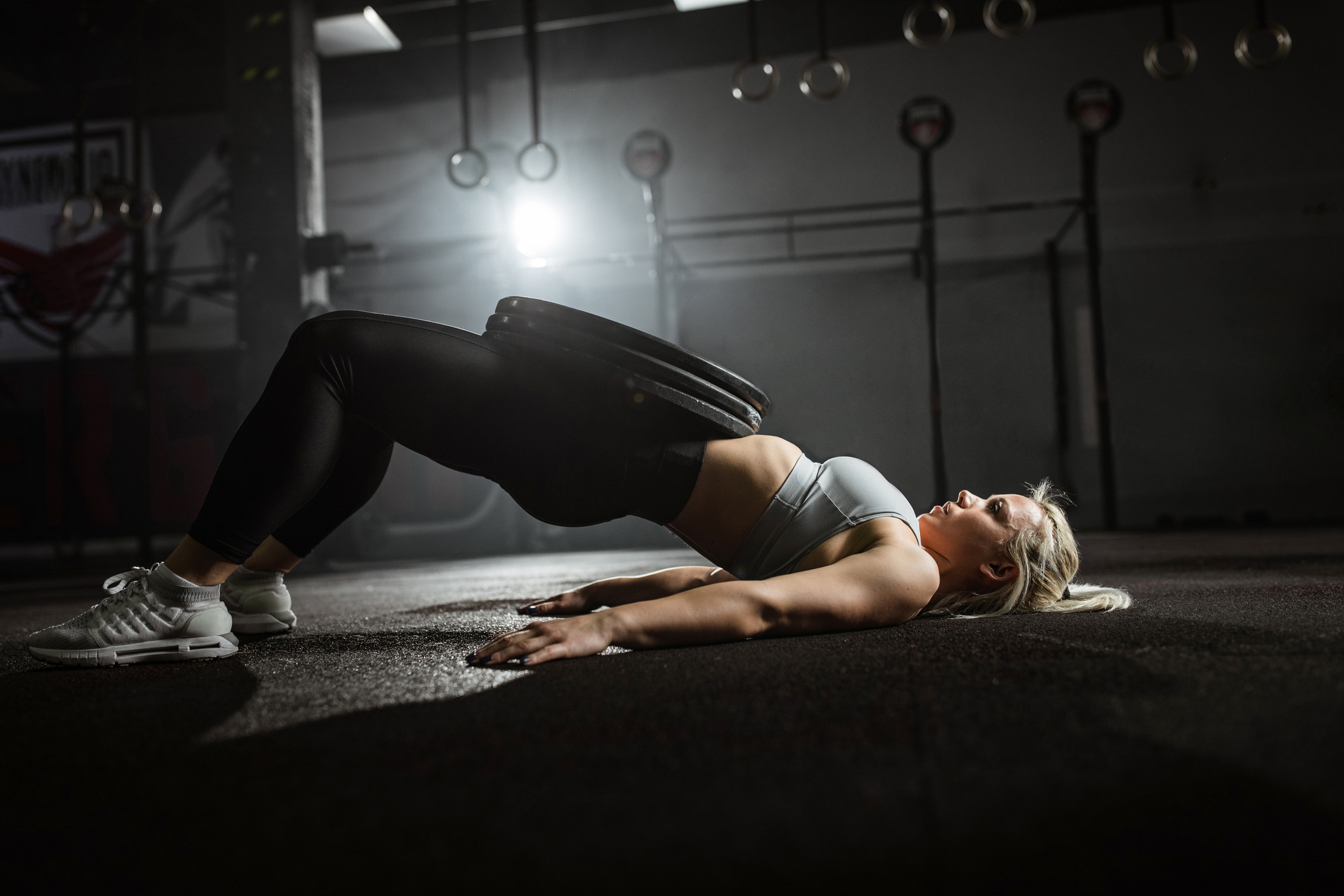
Leg Press – Controlled Power Activation
For those seeking substantial quad engagement with a degree of safety over free weights—the leg press machine stands as a stalwart ally. This controlled environment allows for focused pressure on the quadriceps while still engaging secondary muscles such as hamstrings and calves without overstressing the spinal column.
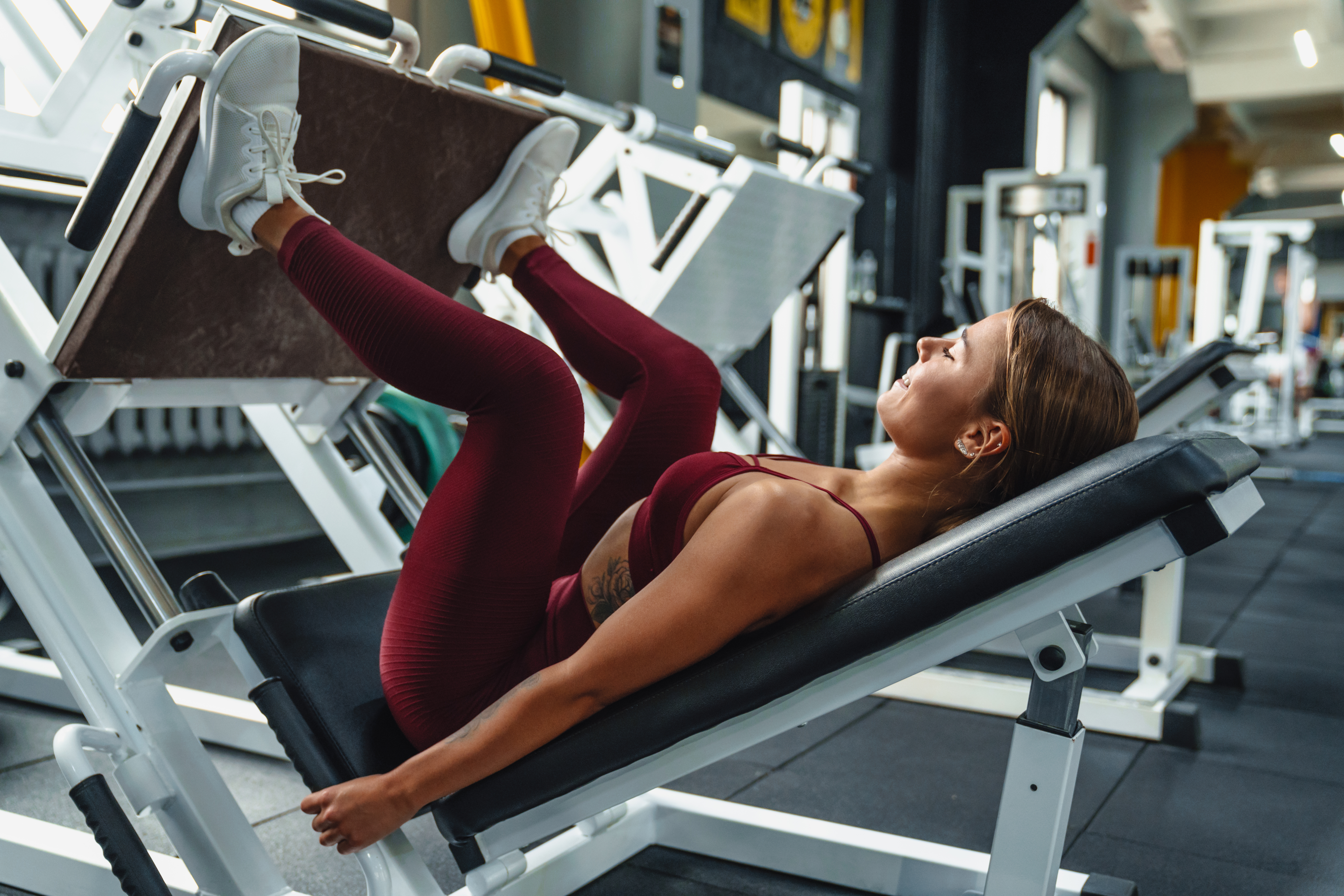
Lunges – A Dynamic Approach to Leg Conditioning
Variations of lunges provide dynamic tension throughout your workout. Whether performing walking lunges with dumbbells or stationary split squats, these movements promote balance, coordination, and unilateral muscular development which helps in correcting imbalances between limbs—a vital aspect often overlooked in training regimes.
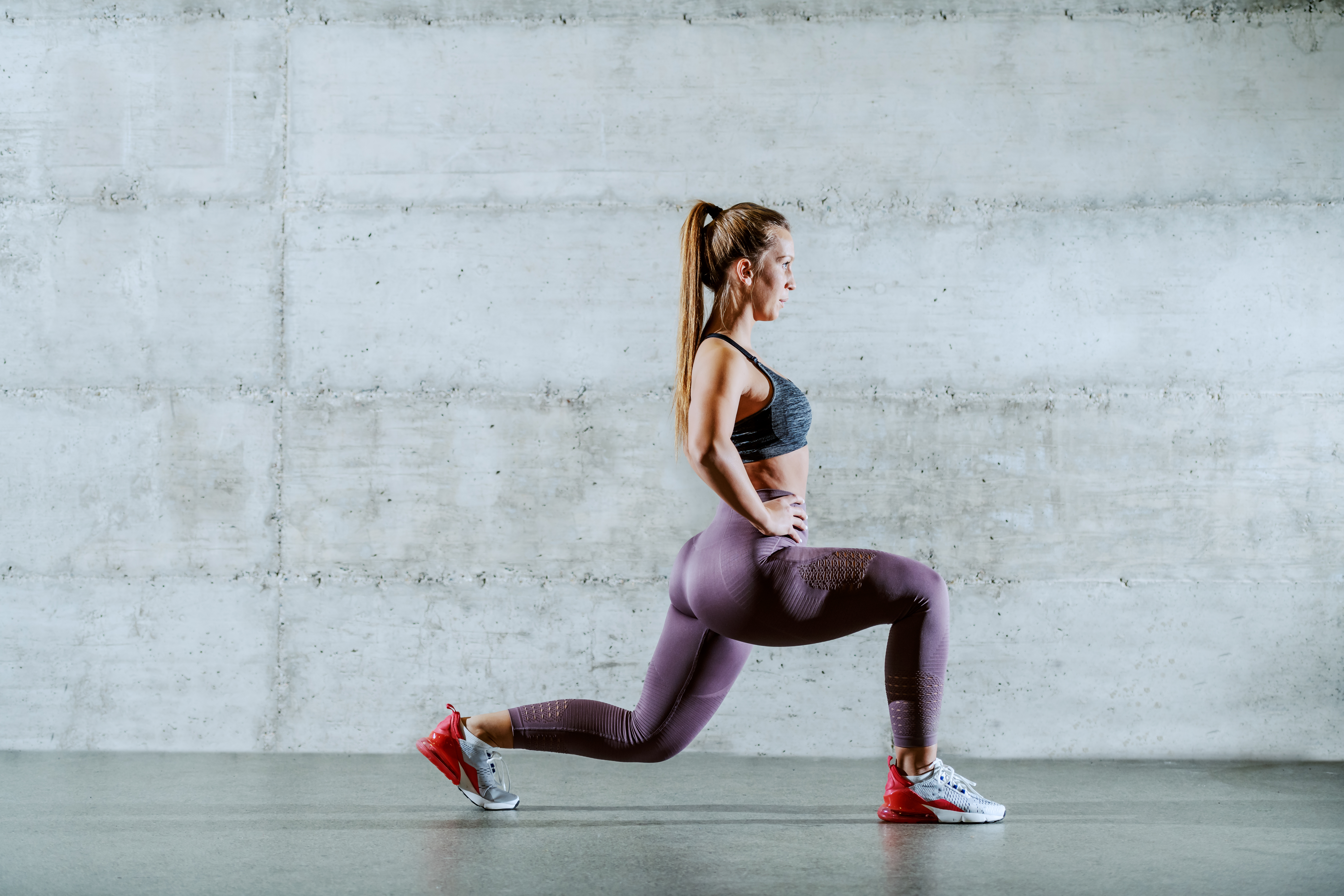
While the exercises outlined herein serve as potent keystones for a formidable leg day regimen, it is by no means an exhaustive compilation. These movements should be considered quintessential entries in your workout portfolio—a launchpad toward robust lower body development. Remember to tailor your routine to fit personal goals and physical capabilities, always prioritizing form over sheer weight lifted.
Beginner Strategies for Conquering Leg Day
If you’re stepping into the world of weight training to build muscle, it’s key to kick things off with good form. Remember, your leg muscles are powerhouses that drive daily movement patterns, so let’s get them stronger. Warm-ups aren’t just a suggestion; they prep your body and can lead to more significant muscle size increases when you lift heavy later on.
A beginner leg day might start with lighter weights as you master the starting position of each move. Think squats where your feet are planted firmly shoulder-width apart and deadlifts where those hamstrings sing as you keep a flat back. It’s not about racing through reps but rather controlling each phase of these foundational exercises.
And after all that hard work? Don’t skip out on recovery—it’s half the battle against soreness and injury. A mix of stretching routines during rest periods keeps those legs limber for another round in no time. Trust me; this isn’t my first squat rodeo—I’ve felt every burn and triumph along the way.
Advanced Techniques to Maximize Muscle Size and Strength on Leg Day
When you’ve conquered the basics, it’s time to tackle advanced techniques that really turn up the heat on leg day. To craft legs of steel, integrating compound leg exercises like stiff-legged deadlifts is a game-changer. They’re not just about lifting; they hit every nook and cranny of your lower body muscle groups.
Squatting deep isn’t just for show—it stretches and challenges those thighs from different angles, which we know ensures balanced development. And if you think higher reps are child’s play, try pushing through when your muscles scream in protest—that’s where growth happens. Training to muscle failure? It sounds intense because it is. But remember this hard work is critical for inducing hypertrophy—the fancy term for getting those gains.
Now let’s talk walking lunges with a twist—add some weight. Grab dumbbells or a barbell and take these babies for a spin around the gym floor. Your heart rate will soar as high as your aspirations while building significant strength in each stride and more.
Nutrition and Supplementation Post-Leg Day
In the wake of a grueling leg workout, your body embarks on a critical recovery process to repair muscle fibers and replenish energy stores. This phase is crucial not only for muscle growth but also for ensuring you can perform subsequent workouts with equal vigor. Proper nutrition and supplementation play pivotal roles in optimizing this recovery.
Protein: The Cornerstone of Muscle Repair
Post-leg day, protein consumption should be paramount. Protein provides amino acids—the building blocks required to repair microtears from resistance training—in particular leucine which is essential for initiating muscle protein synthesis. Aim for high-quality sources such as whey or casein supplements, lean meats like chicken or turkey breast, fish rich in omega-3 fatty acids like salmon or mackerel, eggs, dairy products including Greek yogurt or cottage cheese; plant-based alternatives include tofu or tempeh.
Carbohydrates: Replenishing Glycogen Stores
Do not underestimate the importance of carbohydrates after your workout. They are instrumental in refilling glycogen reserves depleted during strenuous exercise—vital because exhausted glycogen levels impair both performance and recovery. Opting for complex carbohydrates found in whole grains will provide sustained energy release while helping manage inflammation through their fiber content.
Fats: Do Not Shun Them Entirely
While fats may slow down digestion—a trait typically undesirable post-workout—they remain integral components of overall health contributing to hormone regulation (including those involved in muscle building). Including healthy fats from avocados, nuts, and seeds could aid long-term recovery without significantly impeding nutrient absorption when consumed judiciously within your broader dietary landscape post-exercise.
Supplementation Beyond Basics
Creatine monohydrate stands out as a supplement beneficial beyond just strength gains—it aids quick energy regeneration, which can support frequent high-intensity workouts that legs often endure. Branched-chain amino acid (BCAA) supplements might offer extra benefit by reducing muscle soreness, thus aiding a quicker return to full-strength training. Anti-inflammatory compounds such as omega-3 supplements may help reduce delayed onset muscle soreness (DOMS), allowing more comfortable post-workout movement. Glutamine has been posited to enhance immune function potentially compromised by intense exercise bouts.
Hydration must not be neglected—water supports metabolic functions necessary for repairing tissues; electrolytes lost via sweat need replenishment, too, so consider drinks fortified with sodium, potassium, magnesium, and calcium if sweat loss was significant
It is widely recommended that nutrients, particularly proteins and carbs, be consumed within 30 minutes of completing a workout session, known as the “anabolic window”. However, recent research suggests that the timeframe might be flexible. What remains clear is that providing the body with the right tools as soon as possible sets the stage for effective and efficient rebuilding towards a stronger tomorrow. Timing matters!
Leg Day Recovery Tactics – Ensuring Progress Without Injury
You know the drill. You crush your leg day workout, but then comes the real challenge: recovery without injuries. It’s not just about feeling less sore; it’s about getting back in the gym and going even harder next time.
To bounce back like a pro, you’ve got to stretch those worked muscles well. Imagine giving your hamstrings a good lengthening after they’ve been coiled up tighter than a spring during Romanian deadlifts. This isn’t just for comfort—it helps maintain flexibility which can prevent injury down the line.
But let’s talk rest periods because timing is everything when we’re aiming for gains without strains. Your muscles need time to repair, especially after heavy compound movements like barbell squats that hit multiple muscle groups at once. If you think skipping rest days will make you stronger faster, think again. Overtraining leads nowhere fast except towards potential injuries—and nobody has time for that.
Conclusion
Mastering leg day is the key to unlocking a symmetrical, powerful physique. Squats build mass and strength across multiple muscle groups. Hip thrusts zone in on those glutes for maximum impact.
Budding gym enthusiasts learned that starting with a strong foundation sets them up for success, while seasoned lifters discovered advanced moves that challenge every angle of their legs.
Nutrition is essential for recovery. Don’t forget to consume protein after pushing your limits. Keep in mind that smart rest and stretching help you come back stronger without getting injured.
So go ahead—make each leg day count; grow bigger, get stronger, stay balanced. It’s hard work that pays off with every step you take.


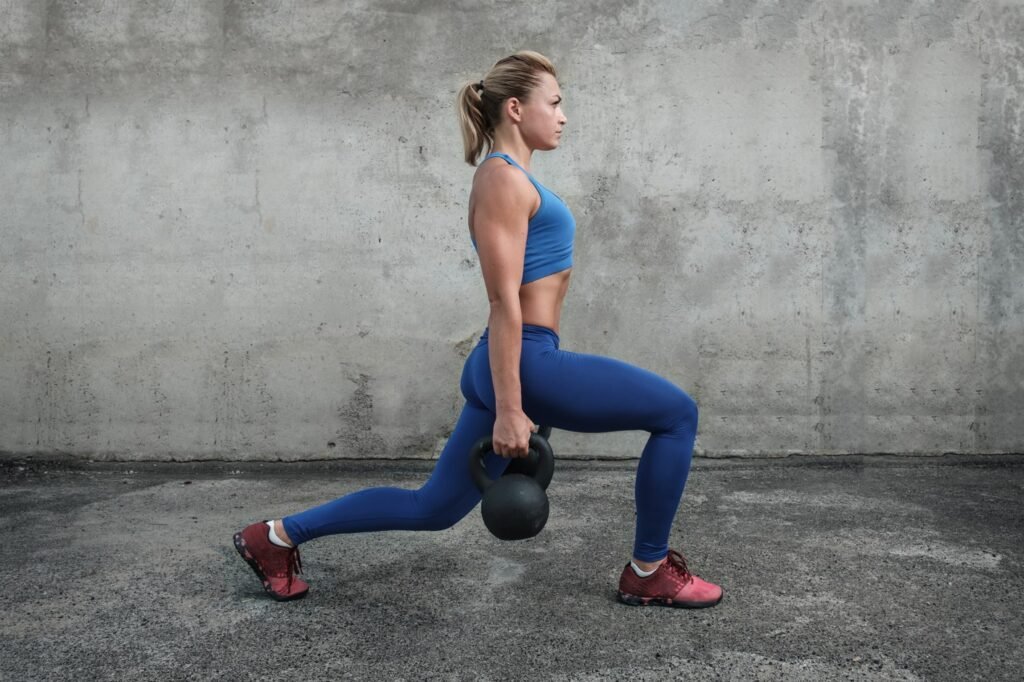
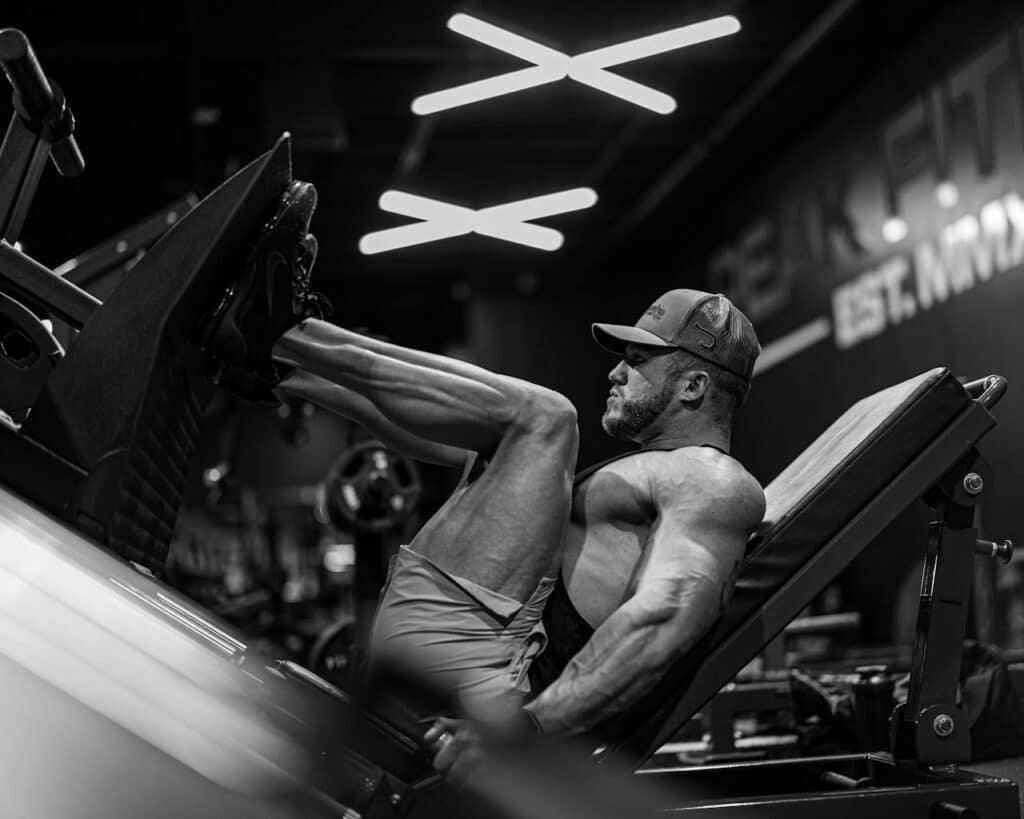
Great article
Pingback: Mastering the Romanian Deadlift: A Comprehensive Guide - Counting Kilos